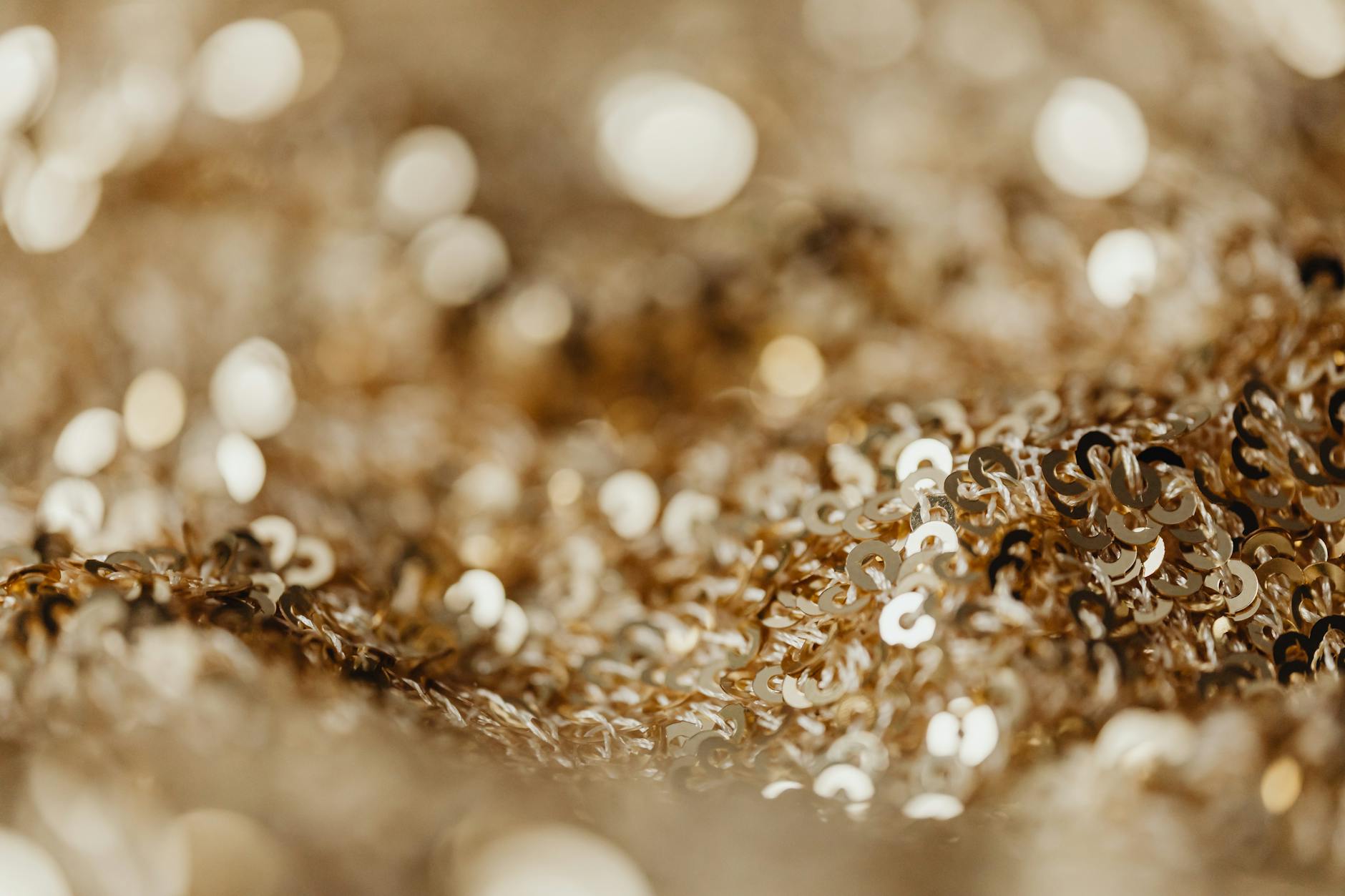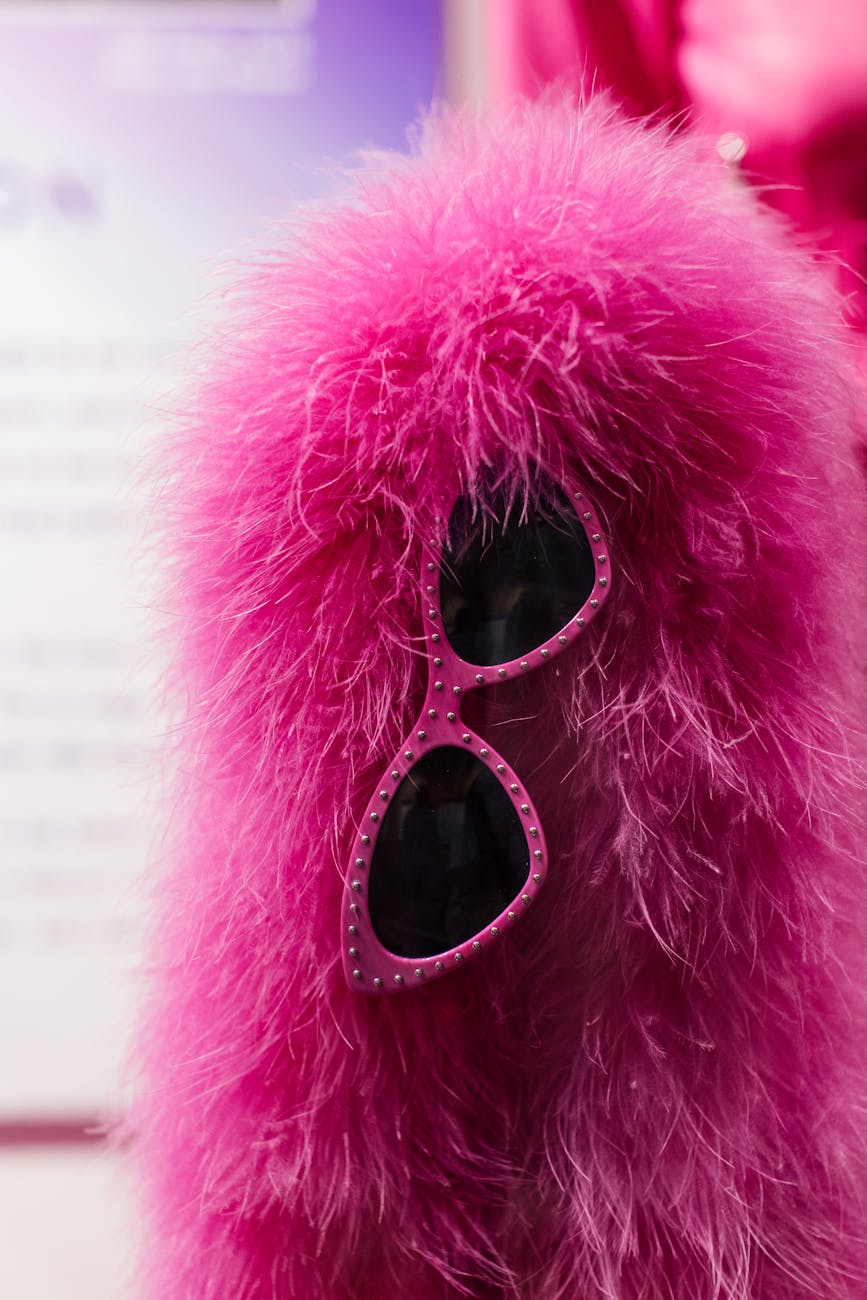Festivals are special occasions filled with joy, light, and traditions. They bring people together and also inspire us to dress in outfits that reflect the spirit of celebration. One of the timeless ways to add elegance and meaning to festive wear is through embroidery. Whether you choose hand embroidery designs or machine embroidery designs, this art form has the power to transform simple fabrics into extraordinary pieces.
From delicate patterns to heavily detailed embellishments, embroidery styles come in many forms. Some carry centuries of tradition, while others are modern innovations that blend well with contemporary fashion. This article explores embroidery styles that stand out during the festive season and shares practical tips on how to style them.
- The Regal Charm of Zardozi
- Chikankari: The Subtle Sophistication
- Phulkari: Colors that Celebrate Joy
- Kantha: Motifs with Meaning
- Mirror Work: Sparkling Festive Vibes
- Aari Embroidery: Intricate and Luxurious
- Gota Patti: Lightweight and Festive
- Kashida: Threads Inspired by Nature
- Fusion and Modern Embroidery
- Tips for Choosing and Styling Embroidered Outfits
- Why Embroidery is Perfect for Festivals
- Final Thoughts
The Regal Charm of Zardozi
Zardozi is often associated with royal attire because of its metallic threadwork. Traditionally stitched with real gold and silver wires, it has now evolved with the use of metallic threads, sequins, and beads. Zardozi creates bold and eye-catching designs that are ideal for grand celebrations.
If you are dressing up for Diwali or a wedding celebration, a Zardozi-embroidered saree or sherwani makes a statement. A good styling tip is to balance a heavily embroidered Zardozi outfit with subtle jewelry so that the embroidery becomes the highlight of your look.
Chikankari: The Subtle Sophistication
Originating from Lucknow, Chikankari is known for its delicate threadwork. It usually features floral or geometric designs stitched in white on soft fabrics like cotton or chiffon. Today, designers also add sequins or colorful threads to give Chikankari a festive update.
For light gatherings or daytime events, a Chikankari kurta or saree is perfect. Pairing it with statement earrings or a bright dupatta adds a cheerful touch without overwhelming the simplicity of the embroidery.
Phulkari: Colors that Celebrate Joy
Phulkari, meaning “flower work,” is a traditional embroidery style from Punjab. It uses vibrant silk threads to create bold floral and geometric designs. Because of its bright colors, Phulkari is a perfect fit for lively festivals such as Baisakhi or Navratri.
A Phulkari dupatta can instantly elevate even the simplest suit. If you want to keep things balanced, pair a colorful Phulkari shawl with plain attire so that the embroidery remains the focus of your outfit.
Kantha: Motifs with Meaning
Kantha embroidery motifs from Bengal and Odisha often tell stories through stitches. The work is typically done using running stitches, creating folk-inspired designs that feature flowers, animals, and everyday scenes.
For festivals, Kantha-embroidered sarees, blouses, and stoles are perfect for those who prefer meaningful, handcrafted textiles. To give Kantha a festive twist, combine it with metallic jewelry or wear it in rich fabric colors like red, green, or gold.
Mirror Work: Sparkling Festive Vibes
Also known as Shisha embroidery, mirror work is widely used in Gujarat and Rajasthan. Small mirrors are stitched onto fabric with colorful threads to create patterns that shine under festive lights.
This style is especially popular during Navratri and Christmas, where sparkle enhances the celebratory mood. For modern styling, you can pair a mirror-work dupatta with a plain dress or even choose handbags and footwear with mirror embellishments for a subtle festive sparkle.
Aari Embroidery: Intricate and Luxurious
Aari work, stitched with a hooked needle, produces fine chain patterns often decorated with beads and sequins. It is highly detailed and often used in bridal and festive clothing.
For an elegant festive look, opt for an Aari-embroidered saree or blouse. Since the embroidery itself is intricate, keep accessories minimal. A simple clutch and subtle earrings work best to keep the focus on the embroidery.
Gota Patti: Lightweight and Festive
This Rajasthani embroidery style uses gold or silver ribbons that are sewn onto fabric to create striking patterns. Gota Patti work is often seen on sarees, dupattas, and lehengas, giving them a celebratory glow without making them too heavy.
A practical styling tip is to wear Gota Patti outfits for festivals where you want to look festive but stay comfortable. They are light in weight, making them ideal for long celebrations.
Kashida: Threads Inspired by Nature
Kashida embroidery from Kashmir often features motifs of birds, flowers, and vines. Known for its fine detailing, Kashida is seen on shawls, pherans, and stoles, making it especially suitable for winter festivals.
Pairing a Kashida shawl with a plain dress or kurta makes for a cozy yet festive look. It is a great option for celebrations during colder months, as it combines warmth with elegance.
Fusion and Modern Embroidery
Fashion is always evolving, and embroidery has adapted with time. Today, simple embroidery designs for festive season outfits often combine beads, sequins, and pearls with traditional stitches. Designers also mix styles, such as pairing Kantha embroidery motifs with mirror work or using Phulkari-inspired threadwork on jackets.
Machine embroidery designs have also made festive wear more accessible by offering intricate patterns quickly and at a lower cost. On the other hand, hand embroidery designs remain timeless because of their craftsmanship and cultural value. Choosing between the two depends on your budget, time, and preference for tradition versus convenience.
Tips for Choosing and Styling Embroidered Outfits
- Match the occasion: Choose heavy embroidery like Zardozi or Gota Patti for weddings and grand functions, while opting for Chikankari or Kantha for smaller gatherings.
- Balance your look: If your outfit is heavily embroidered, go for simple jewelry and accessories. For simpler embroidery, add bold accessories to complete the look.
- Play with contrasts: Bright embroidery stands out best against darker fabrics, while pastel fabrics work beautifully with subtle embroidery styles.
- Experiment with accessories: Embroidered clutches, juttis, or belts can enhance even plain outfits.
- Mix tradition with modern cuts: A Phulkari jacket with jeans or a mirror-work blouse with a plain saree can create a trendy yet festive look.
Why Embroidery is Perfect for Festivals
Embroidery is not just about decorating fabric; it carries tradition, artistry, and cultural identity. Each stitch reflects creativity and dedication, whether it comes from hand embroidery designs or modern machine embroidery designs. Unlike printed fabrics that may fade over time, embroidery remains timeless and evergreen.
During festivals, embroidery connects the present to tradition. It allows people to express their cultural heritage while also embracing modern trends. From Christmas embroidery patterns to Kantha embroidery motifs, each style tells its own story and enhances the joy of celebration.
Final Thoughts
Embroidery has always been a part of festive fashion because it brings elegance, tradition, and charm to any outfit. Whether you choose Zardozi for grandeur, Chikankari for simplicity, Phulkari for vibrance, or Kantha embroidery motifs for storytelling, there is an embroidery style for every celebration. By choosing the right design and styling it well, you can make your festive wardrobe both meaningful and stylish.
Disclaimer
This article is for informational purposes only. Individual preferences, regional variations, and personal budgets may influence the choice of embroidery styles.



